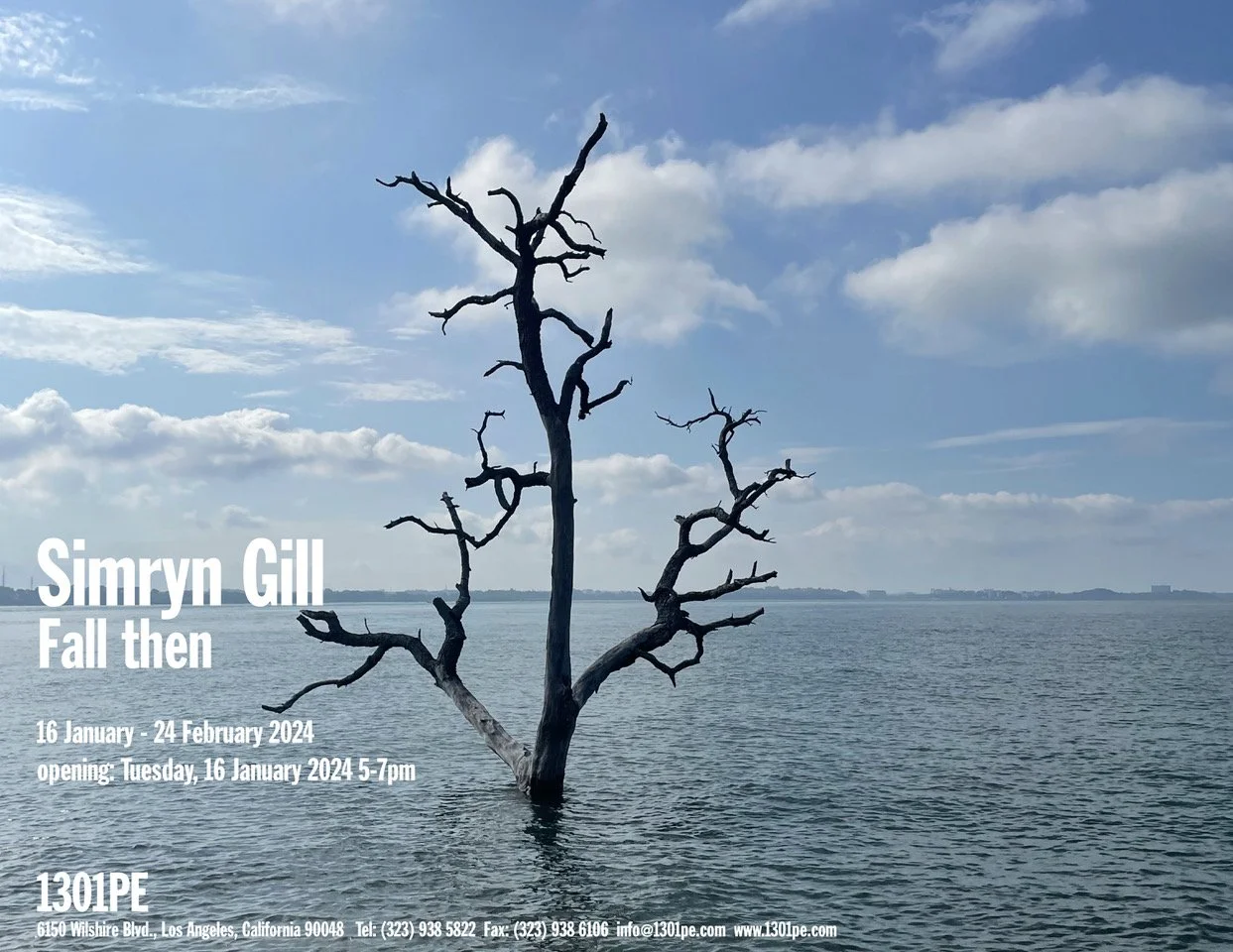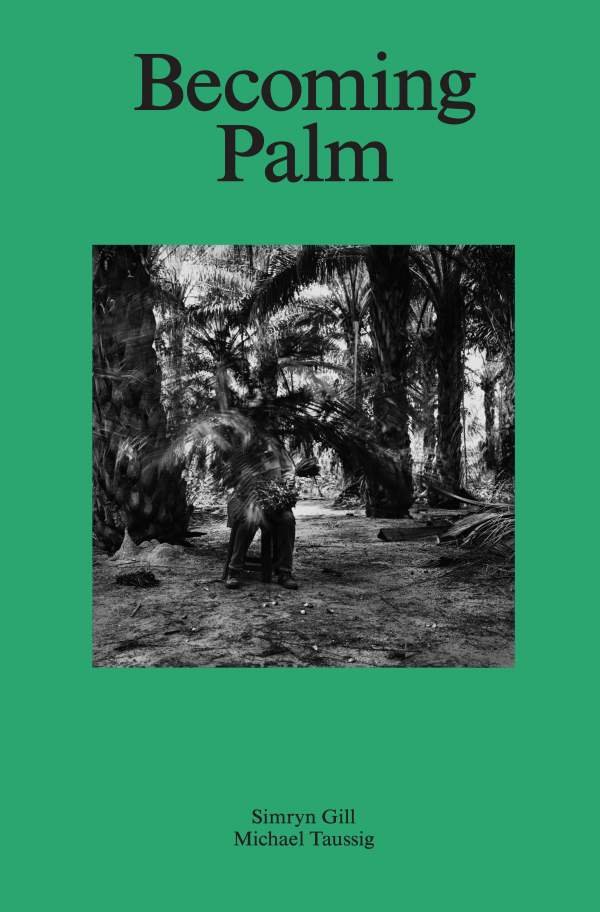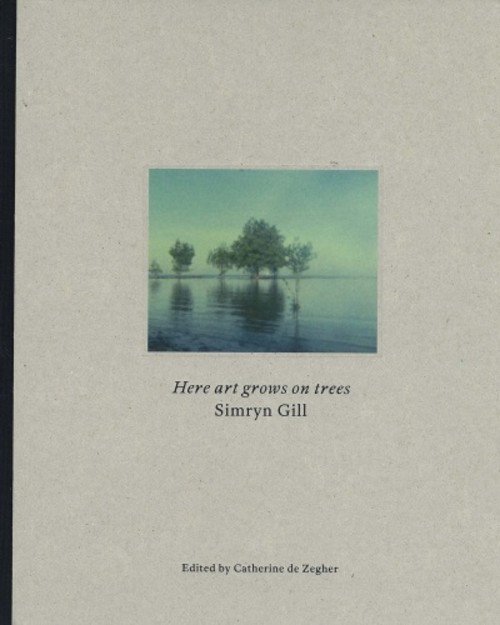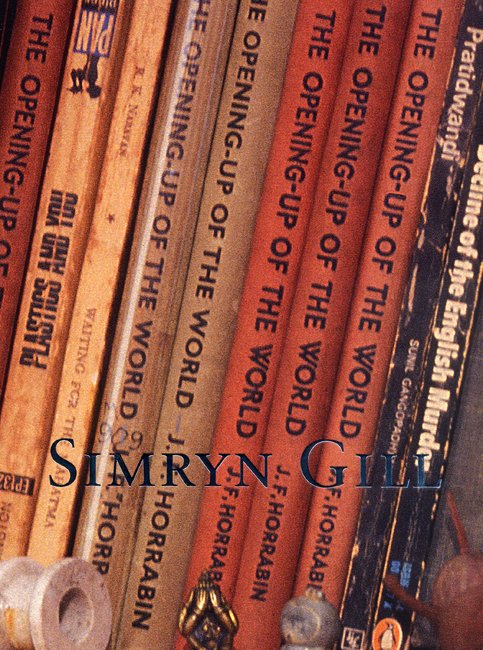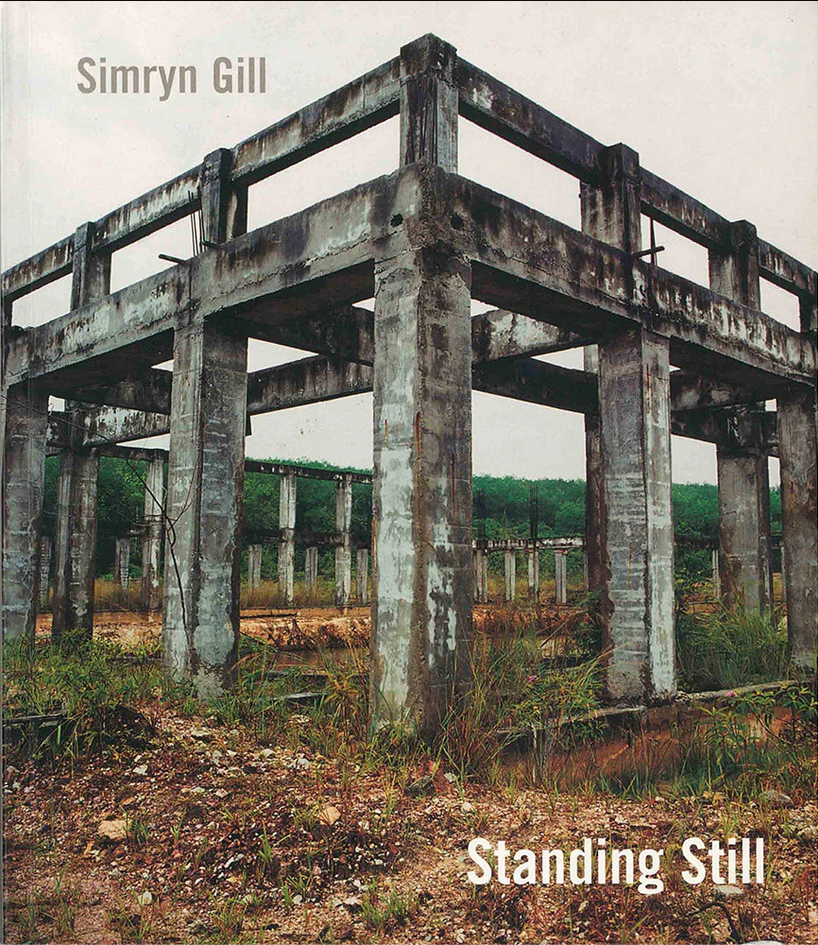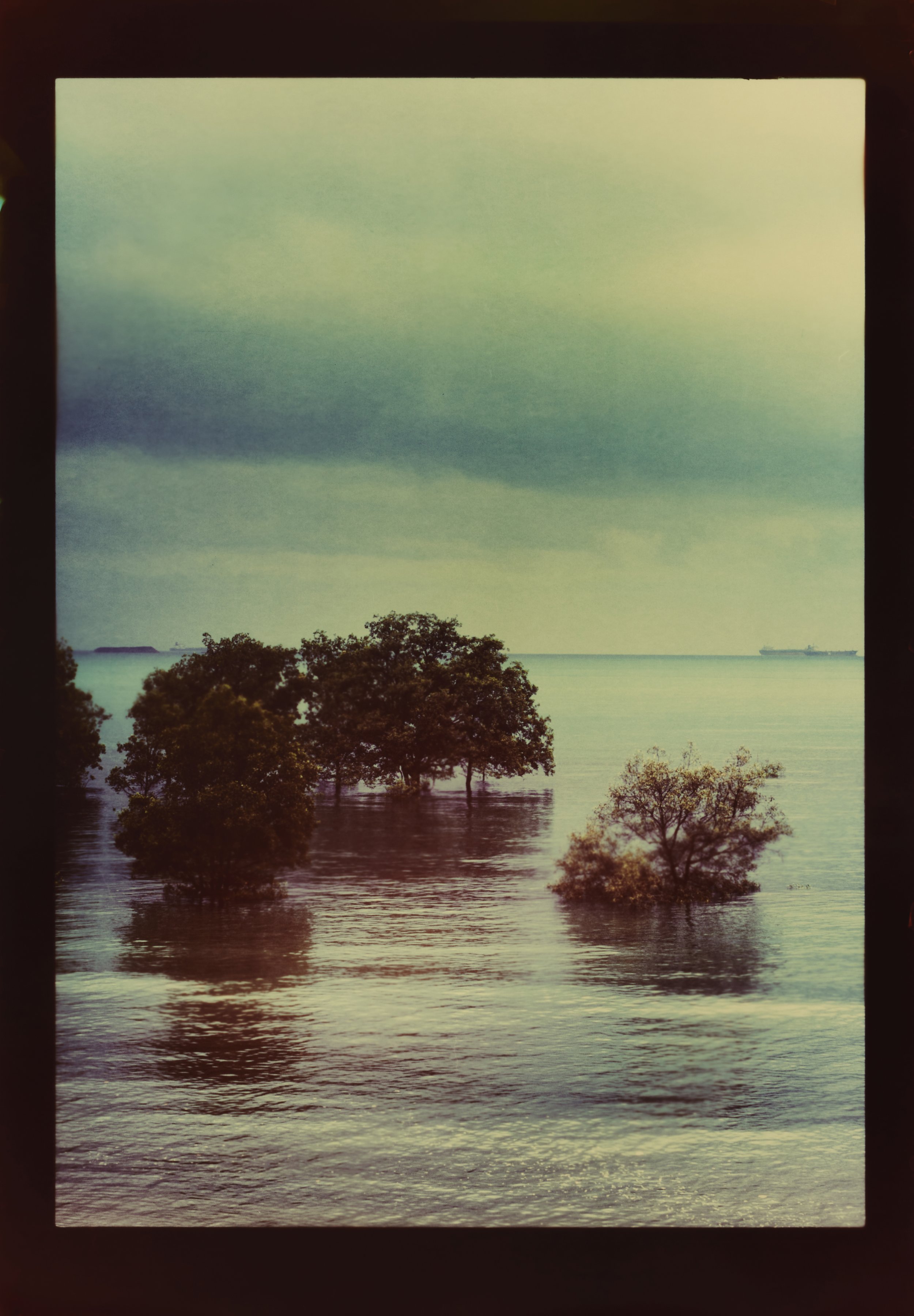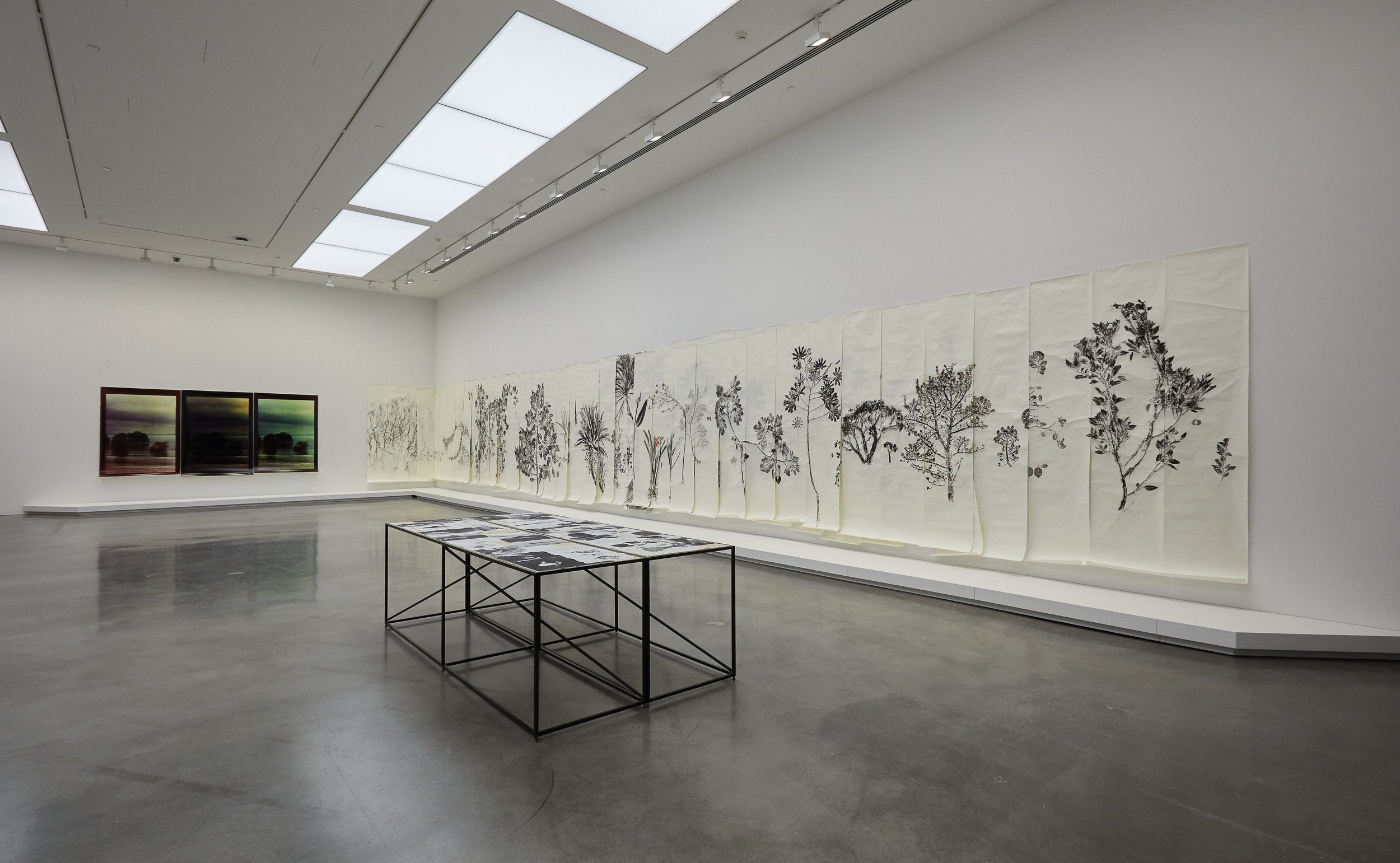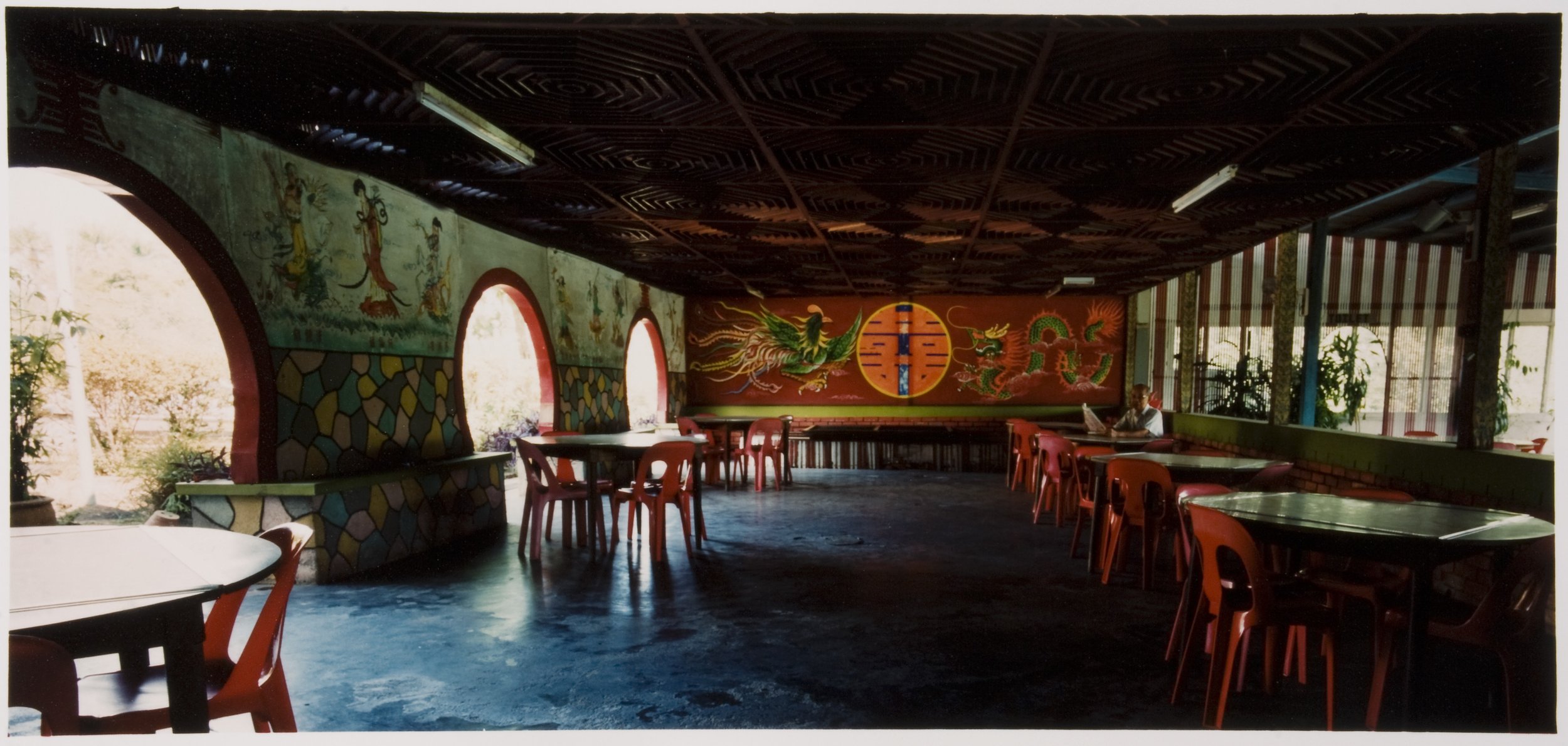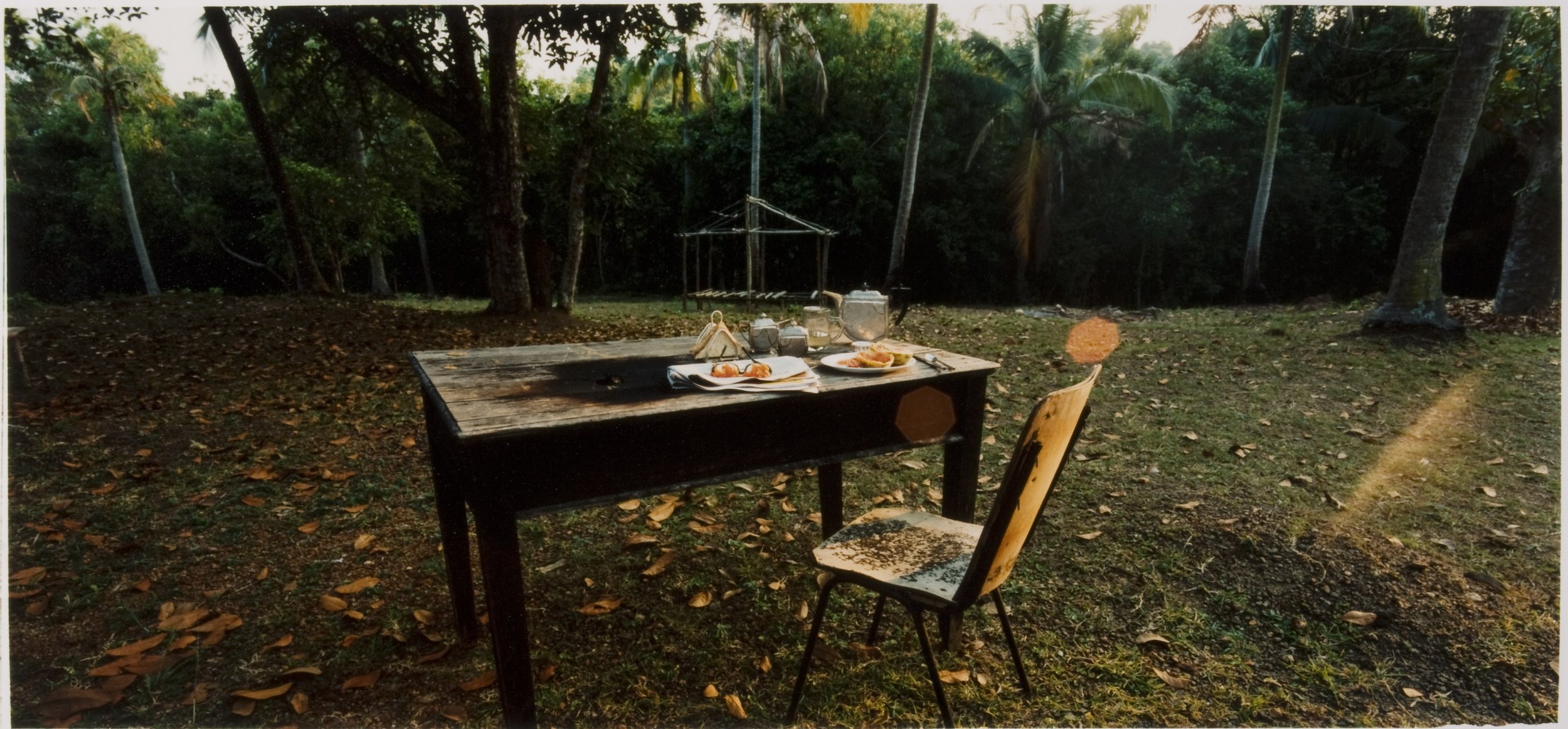SIMRYN GILL
Simryn Gill was born in 1959 in Singapore, raised in Malaysia, and educated in India and the United Kingdom. She represented Australia in the 55th Venice Biennale (2013). Her work has been included in the 12th Istanbul Biennial (2011), Documenta 12 (2007), Sharjah Biennial (2007), and has been the subject of one person exhibitions at the Tate Modern, London; Espace Louis Vuitton, München; the Smithsonian Institute, Washington DC; Lunds Konsthall, Sweden; MUHKA, Ghent; the Art Gallery of New South Wales, Sydney; and the Gallery of Modern Art, Queensland. Her work is in the collections of the Metropolitan Museum of Art, New York; the Guggenheim Museum, New York; the Museum of Modern Art, New York; the Getty Museum, Los Angeles; Hammer Museum, Los Angeles; Tate Modern, London; the Museum of Contemporary Art Australia, Sydney; and the Art Gallery of New South Wales.
Simryn Gil
Stolon Press’s Hustle Culture is a record made of the daily life around three bird baths placed under a chaste tree and a tamarind tree, in a small garden, in a small town in Malaysia. The visitors to the baths vary—sunbirds, fantails, swallows, an occasional tailorbird, maybe even a kingfisher or oriole, a toad, as well the neighborhood’s fat cat. The baths are washed and refilled regularly, sometimes there are no visitors at all, save for a floating feather; the camera is too slow or too fast, too impatient, or badly positioned. Instead of a story or plot, there is rhythm, fluttering, and a daily patterning. The video is accompanied by an eponymous publication produced with typists in Lahore.
This book is published by Stolon Press, to accompany the film Hustle Culture. Both the film and the book were made for the third Lahore Biennale, Of Mountains and Seas, curated by John Tain, and held from 5 October to 8 November, 2024. The text was written in Sydney, Port Dickson, and Lahore, with a forthcoming edition in Urdu.
20 pages
black and white with illustrations
21 × 27 cm
softcover, stapled
Edition of 500
“Shallow is co-created by Simryn Gill and Charles Lim, consisting of texts and images. The text is by Simryn Gill, a visual artist, telling of ceaseless homecomings and departures, and of abiding although fractured affiliations with the lands below the winds. When writing, she pictures conversations with artists, curators, the self; she shapes present and past lives; she evokes habitats hemmed by the Straits of Malacca, a maritime artery in and for the world; a passageway embracing the still, pulsating equatorial domain and propelling her itinerancy. Simryn Gill tells it quietly, compellingly. She is a diarist and a cosmographer; at once circumspect while being companionable and worldly. Charles Lim, a videographic artist and mariner, enfolds and unfolds the telling with pensive, photographic images, correspondingly and separately. Word and image co-exist, discreetly and conversantly. Shallow is an engrossing published work.” —T.K. Sabapathy, teaches, speaks, and writes on art, artists in Southeast Asia, and their histories.
“I remember finding Allan Sekula’s Fish Story (1995) on the shelf in a campus bookstore shortly after college, and feeling like I had been admitted to a secret world of deeper, stranger, and more intimate critical creativity than all my schooling had indexed. Holding this new and beautiful book, Shallow, opening into its accordion folds, following its leveling itinerary, I find myself hoping it finds its way into the hands of those who will make the work we need for the generation ahead. May they experience it as the gift it is: both promise and proof that time and care and patience and attention, with others, can make inhabitable worlds.” —D. Graham Burnett, Princeton University
Published by Stolon Press with support from Singapore Art Museum
Edited by Tom Melick
92 pages
Color with black and white illustrations
13 × 19 cm, softcover
Edition of 500
ISBN 978-0-645384093
Simryn Gill, Tom Melick and Catherine de Zegher
18 loose sheets (folded to 72 pages)
plus a 28-page booklet insert
42 x 30cm
One way to understand clearing is as an act of removal, or erasure. This sort of clearing – as in the clearing of land for development – seeks to eradicate the messy variety of that which already exists in order to impose order and progress.
In this book – produced by Stolon Press in association with the Art Gallery of New South Wales as part of Simryn Gill’s commission for the Sydney Modern Project – an alternative type of clearing is presented, one that does not seek to contain and erase, but rather to unfold and unwrap.
This mode of clearing is enacted through words and images. The words take the form of undisciplined anecdotes, just-so stories, and silly questions. The images are rough impressions, rubbings, and a swirling mass of photographs, drawings and photocopies. Their contents are the discarded objects of daily life in the Australian colony – decaying paperwork, fallen date palms, ibises.
Becoming Palm is the outcome of a conversation between two friends, artist Simryn Gill and anthropologist Michael Taussig, addressing the complexities of palm oil and “the enormous transformations, human, and ecological, that this crop engenders” (Taussig) in two disparate geographical locations, Southeast Asia and South America.
Publisher: MER. Paper Kunsthalle
104 pages
19cm × 24cm
Format: Paperback
2016
ISBN: 9789492321374
On the occasion of the exhibition The (Hemi)Cycle of Leaves and Paper at the Ghent Museum of Fine Arts, Malaysian artist Simryn Gill brings out an artist book entitled "Wormholes". At its core are subtle black and white photographs that trace the delicate remains of life in a building that slowy and gradually turns into ruin. Textual interventions by the artist guide the reader towards an atmosphere that is filled with subtle impressions.
Here art grows on trees features Simryn Gill’s latest works commissioned for the Australian Pavilion at the 55th Venice Biennale. Edited by the exhibition curator, Catherine de Zegher, this limited edition monograph includes more than 100 artwork plates printed on different paper stocks that demonstrate the generative and cyclic nature in Gill’s remarkable oeuvre of quotidian beauty. The essays by leading international thinkers and writers include: Catherine de Zegher (On Line. Drawing Through the Twentieth Century, MoMA); Carol Armstrong (Scenes in a Library, MIT Press); Lilian Chee (Conserving Domesticity, ORO Editions); Ross Gibson (26 Views of a Starburst World, UWA Press); Kajri Jain (Gods in the Bazaar, DUP Books); Brian Massumi (Semblance and Event, MIT Press); and Michael Taussig (What Color is The Sacred? UCP).
Contributors: Catherine de Zegher, Carol Armstrong, Lilian Chee, Ross Gibson, Kajri Jain, Brian Massumi, Michael Taussig,
Authors: Jessica Morgan, Russell Storer, Michael Taussig
Publisher: Walther Koenig
Simryn Gill is interested in how we understand our place in the world, and each other, through things. Since the early 1990s, she has translated a wide array of materials, objects and sites into artworks that question time, history, place and the micropolitics of daily life.
By photographing, casting, collecting, tearing and arranging things she has found, bought, and been given, Gill opens up the operations of material culture and explores the ways that meaning transforms and translates into different contexts. This publication is the first monograph to be published on this significant artist, whose subtle, humorous and powerful works have been exhibited around the world.
Published in collaboration with the Museum of Contemporary Art, Sydney, this catalogue features writing by curators Jessica Morgan and Russell Storer and anthropologist Michael Taussig, as well as three visual essays featuring a selection of images from the past two decades, providing a richly textured, idiosyncratic overview of Gill’s practice.
Pearls is a full colour photographic record of Simryn Gill’s ongoing bead-making project which she began in 1999. The book brings together over sixty sets of beads, each hand-rolled from torn pages of books given to the artist by friends and acquaintances from titles such as Gandhi’s autobiography, Freud’s essay on Anxiety and the manual Ikebana for Beginners. The compelling beauty of Pearls wrestles with the disturbing reality that each set of beads exists at the expense of a book’s destruction. The transformation of books into beads ponders what is gained and what is lost when objects or bodies of knowledge are traded, exchanged and circulated. Gill gifts each set of beads back to the person who gave her the book, completing, in her words, a ‘transaction’ that lies at the heart of the Pearls project. Whether or not these hand rolled beads are curious artefacts, items of jewellery, artworks or paper garlands, Gill's book project ultimately makes us think about where these categories begin and end.
128 pages, 221mm x 188mm
ISBN: 978-3883-75-818-3, Paperback
Publisher: Walther König
Between 2000 and 2003, three years after the Southeast Asian financial crisis, artist Simryn Gill took a series of 117 photographs of abandoned buildings throughout Peninsula Malaysia - old buildings as well as new, never completed ones. The structures photographed range from the traditional to the colonial to the ultra modern.
Standing Still is a haunting document of a brief period in the life of a nation and a region. The artist used a highly saturated colour film to make vibrant images of a melancholy subject matter: the obliterating forces of tropical flora and climate; the decay of socio-economic dreams and individual fantasies; the passage of time. Part of the way through the project, the film that the artist was using was discontinued by the manufacturer, giving an added poignancy to the decay and obsolescence in the pictures. To quote Simryn Gill: "[it] embeds into the very substance of this series a sense that the time that we live in is falling into disrepair...even as we still actively occupy its present."


